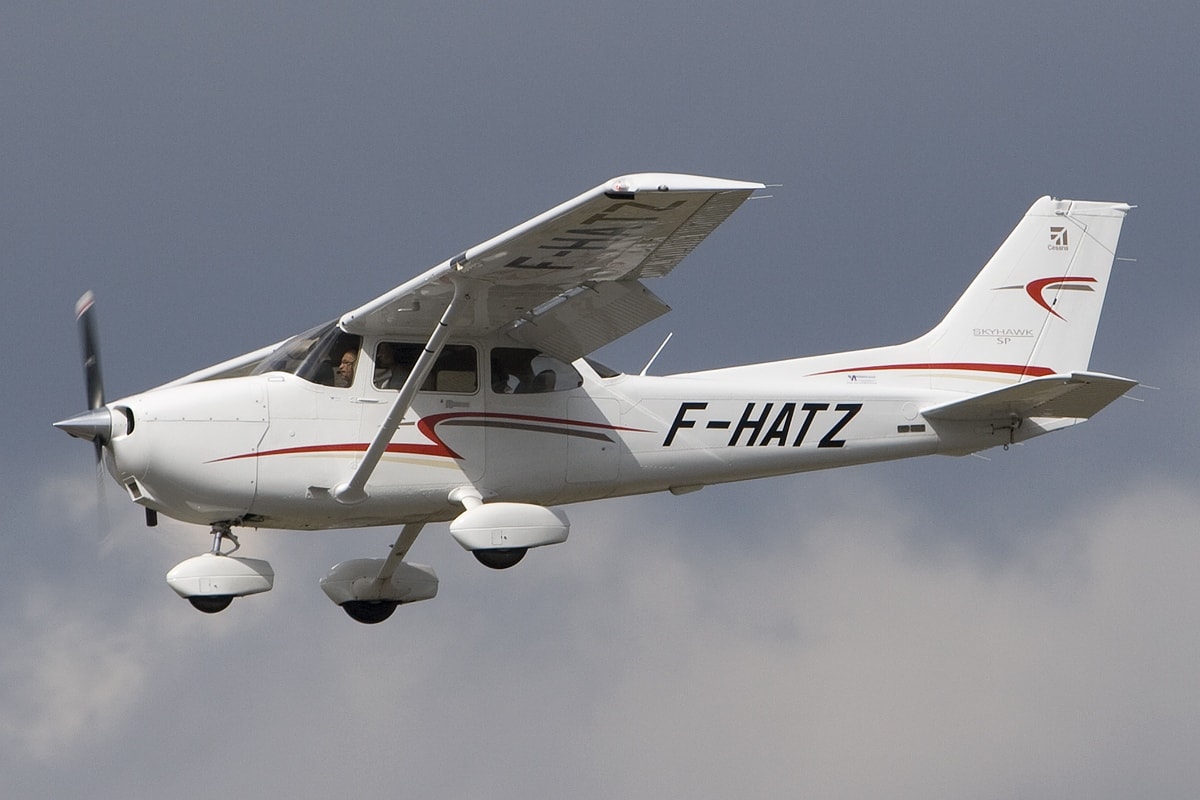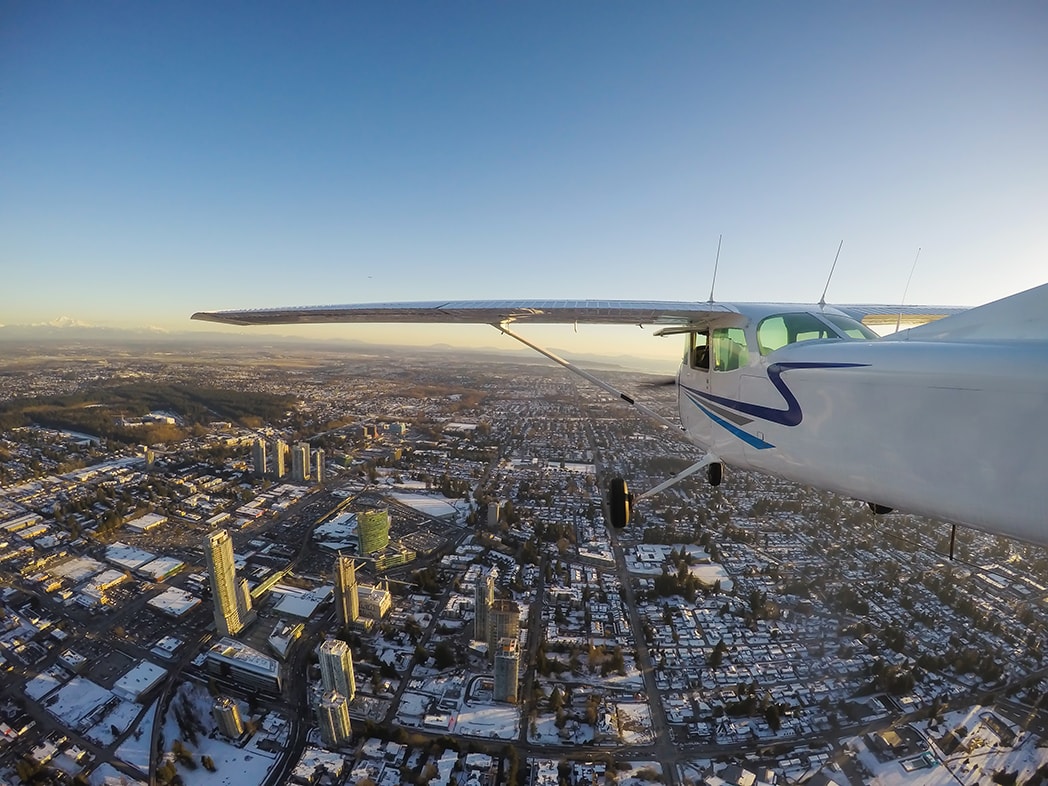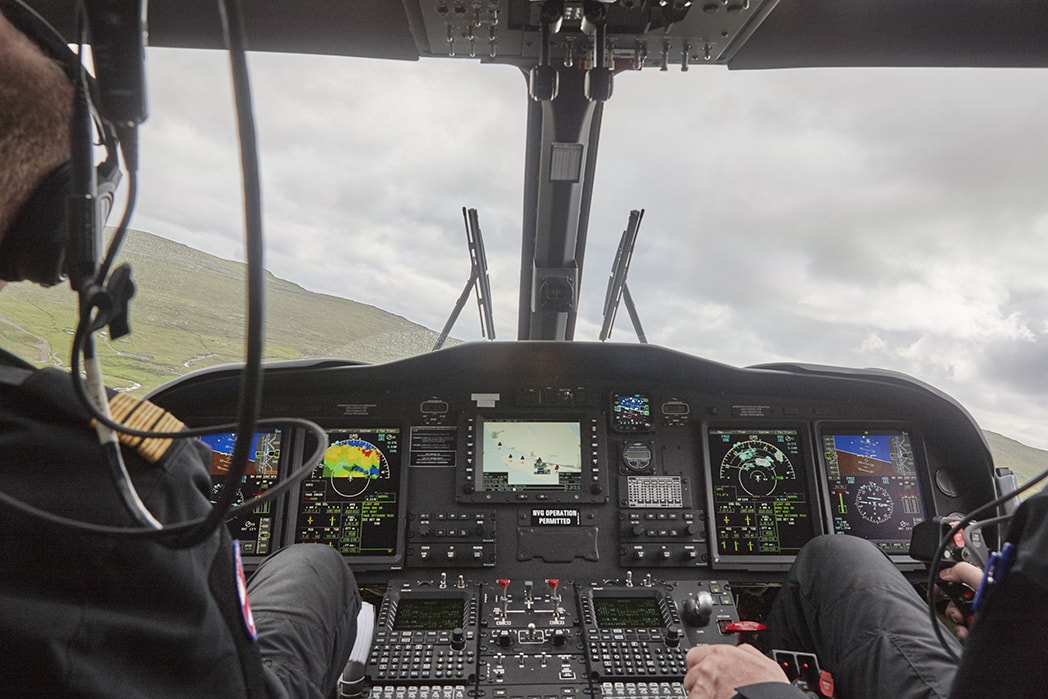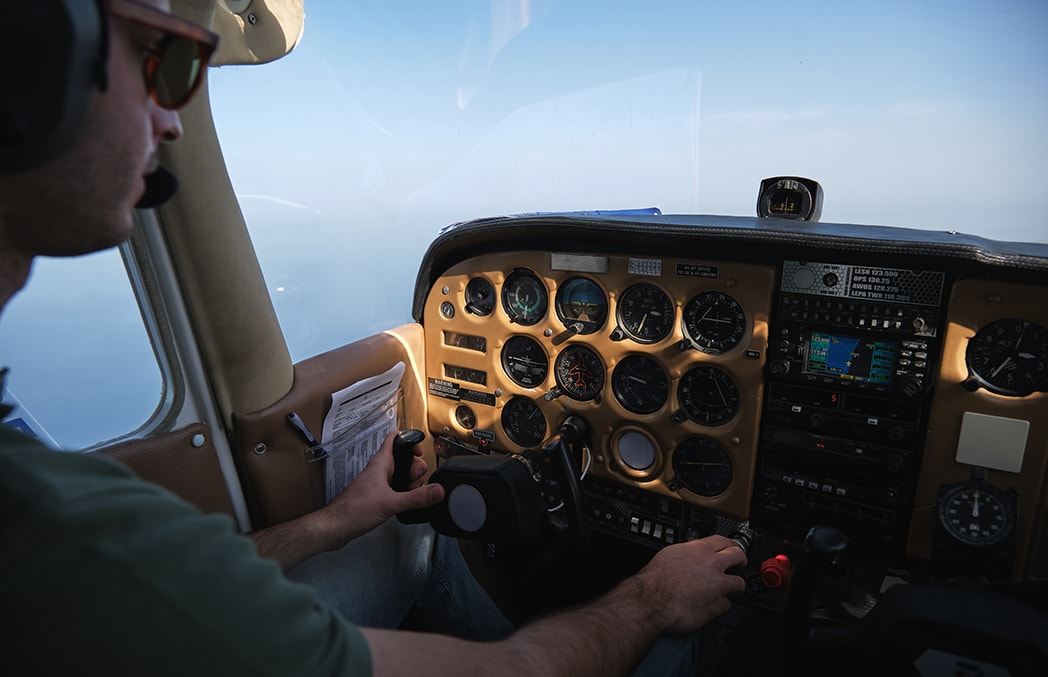Mastering Slow Flight Cessna 172: Best Practices for Pilots
Apr 15, 2025
Slow flight in a Cessna 172 is flying the plane at just above stall speed. It requires precise control and coordination.
It’s a skill you need for safe landings and emergencies. This article will cover the basics, setup, control techniques and practical applications of Slow Flight Cessna 172.
Key Takeaways
-
Slow flight is a skill you need to master; it gives you control at low speeds for safe landings and emergency handling.
-
Proper power settings, pitch control and flap configurations are key to good slow flight.
-
Practicing slow flight in a structured way, including using flight simulators, will improve your skills and confidence in various flight scenarios.
Understanding Slow Flight in Cessna 172

Slow flight is a skill every pilot should master – flying just above stall and feeling how the plane reacts when airspeed is reduced. It’s important for safe landings and managing emergencies by having control of the plane at minimum speed.
Understanding slow flight and how it’s different from cruise and why it’s important is a step one in becoming proficient at this critical skill.
What is Slow Flight
Flying at a much slower speed than normal cruise, just above the stall warning, is called slow flight. For a Cessna 172 vs 182, this is around 55 knots with power setting between 2000 and 2100 RPM. While both aircraft perform similarly in slow flight, the Cessna 172 tends to be a bit nimbler due to its lighter weight, whereas the Cessna 182 may require more careful power management due to its larger engine.
During slow flight we deploy full flaps to increase lift and have control of the plane when flying slow. This configuration helps pilots to practice low speed maneuvers that are critical for accuracy during approaches and landings.
At Flight Nerd Air Force, we offer comprehensive insights into aircraft performance, including detailed comparisons between planes like the Cessna 172 and the Cessna 182. Our expert community is here to help you master the art of flying safely and efficiently.
Setting Up for Slow Flight

To set up for slow flight properly and safely you need to follow multiple steps. You need to choose an area with no other traffic where you can focus on the techniques of slow flight.
First, keep the plane straight and level; this sets up a stable platform. Knowing the power settings and configurations beforehand will help you get stable in the plane during slow flight practice. For example, in a g1000 c172, the integrated avionics will help you monitor critical flight data like airspeed and altitude, ensuring more precise control during slow flight.
Power Setting and Airspeed Indicator
During slow flight in a Cessna 172, pilots typically maintain a power setting of approximately 2000 to 2100 revolutions per minute (RPM).
It is critical for pilots to use the correct power settings to sustain control and performance effectively. Constant vigilance over the airspeed indicator is essential in preventing stalls and maintaining safety.
By diligently observing their airspeed, pilots are able to adjust as needed to preserve an appropriate speed that keeps them clear of the stall zone.
Maintaining Altitude and Pitch Control
Maintaining altitude and pitch control in slow flight is where the real skill comes in. That's because pitch does its job regulating airspeed whereas in cruise flight it's all about managing altitude.
To keep your aircraft steady at low speeds, you need to be very deliberate about how you use the elevator. That means adjusting pitch just so and keeping the wings level.
That balancing act coordinating power settings, pitch and the rest of your control inputs is what keeps you from accidentally climbing or descending.
And that stability is what you need when you're coming in to land. Your skills in that area controlling airspeed and angle of attack are exactly what get you a safe touchdown. And that's what it's all about.
Using Flaps and Trim
In slow flight, deploying flaps correctly improves lift and stability. Using full flaps on approach slows you down and increases drag, which helps you descend more vertically when landing. Stability at slow speeds requires trim fine tuning.
When you’re getting ready for slow flight, incrementally deploy flaps while adjusting power to maintain performance. Trim is key to keeping things stable and reducing pilot workload so you can fly smoother through low-speed maneuvers.
Handling Controls During Slow Flight
Controlling the aircraft in slow flight requires precise and coordinated inputs. Slow flight is just above stall warning, so you can do controlled maneuvers without stalling. Control application is critical, small movements make a big difference.
Pilots struggle with control because the aircraft is sensitive to pitch and power changes in slow flight.
Rudder and Aileron Inputs
During slow flight, it is vital to maintain directional control and stability by skillfully coordinating the use of rudder and ailerons. Applying the right rudder helps counteract unwanted yaw, allowing the aircraft to keep a consistent heading.
Proper manipulation of the rudder compensates for adverse yaw effects and ensures that the aircraft remains on its intended course without deviation.
Managing High Angle of Attack
Pilots must control pitch precisely to manage high angle of attack and not stall. Keep the nose up and watch airspeed for steady flight at slow speeds.
In slow flight you must be alert and responsive when managing high angle of attack to avoid stalls. Adjustments must be made consistently by you to control the aircraft and avoid nasty angles.
Correcting for Crosswind
When slow flying, you need to use both rudder and ailerons to counteract crosswinds. Using the right combination of these will keep you on track.
When you encounter crosswinds while slow flying, you need to adjust your wings with the ailerons, so they are in line with the wind direction and use rudder inputs wisely to keep control of your heading. Don’t forget to increase input levels when trying not to lose the aircraft.
Common Challenges in Slow Flight

Flying at stall speed is slow flight and is critical for takeoff and landing. By practicing slow flight, you improve your energy management and speed control in emergency landing situations.
Despite its importance it’s tricky to do this maneuver. Region of reverse command, stalls and keeping the aircraft level.
Region of Reverse Control
When an aircraft goes up instead of accelerating as power is added this is called reverse control. You need to understand this because it causes unexpected climbs when flying slow.
Pilots must either reduce power or pitch to counteract the lift created by extra thrust to mitigate reverse control. This helps prevent accidents and makes flying safer.
Recognizing and Recovering from Stalls
Pilots must be aware of the stall speed when flying high angle of attack slow and apply control inputs smoothly to avoid critical angles. You must carefully control the angle of attack by pitching and throttling to avoid stalling.
You need to recognize early signs of a stall and have the knowledge to recover quickly to stay safe when flying slow.
Maintaining Level Flight
Level flight is key, even small deviations in altitude can cause problems. To counter any tendency to climb or descend, you need to manipulate the pitch by adjusting the elevator.
Altitude requires constant monitoring of instruments and precise adjustments to power and pitch.
In the reverse command region, adding power may cause you to climb instead of gain speed. You need to watch your engine thrust and harmonize your input adjustments when adding power, so you don’t accidentally climb or descend.
This is critical during approach and landing phases where you need to maintain a steady altitude for a safe landing.
Practical Applications of Slow Flight

Slow flight is a crucial maneuver that allows pilots to understand aircraft control at low speeds, vital for safe landings and handling emergencies. It enhances a pilot’s ability to manage the aircraft during critical phases of flight, including approaches, landings, and emergencies.
Mastering slow flight techniques can significantly improve a pilot’s confidence and proficiency.
Approaches and Landings
Getting proficient in slow flight is key to managing the aircraft during the critical moments of approach and landing. By practicing at slow speeds, you can hone the skills you need to execute safe maneuvers when it counts, especially during landing.
By incorporating scenarios that mimic real life into your training you’ll be better prepared to handle the challenges of slow flight in real life. This training across different altitudes and configurations is invaluable when faced with real life slow flight challenges during landings or when flying through turbulence.
Emergency Situations
Practicing slow flight is essential for pilots to maintain control and make informed decisions during emergency situations. By rehearsing scenarios that mimic real life, pilots can better prepare for unforeseen events while airborne.
By engaging in simulations that reflect true-to-life conditions, pilots can refine their ability to perform slow flight maneuvers within a safe setting. This proficiency bolsters pilot safety and ensures they can respond appropriately when faced with emergencies.
Maneuvering in Tight Spaces
Slow flight techniques are critical for flying an aircraft in tight spaces as they allow you to control your descent rates and angles of approach. By using these methods, you can fly through restricted areas with controlled descents and turns.
These techniques allow you to be in control of your speed and maneuverability when flying in confined spaces. Specifically, when flying in a small room where precise handling at slow speed is critical, slow flight techniques are super useful for flying maneuvers safely.
